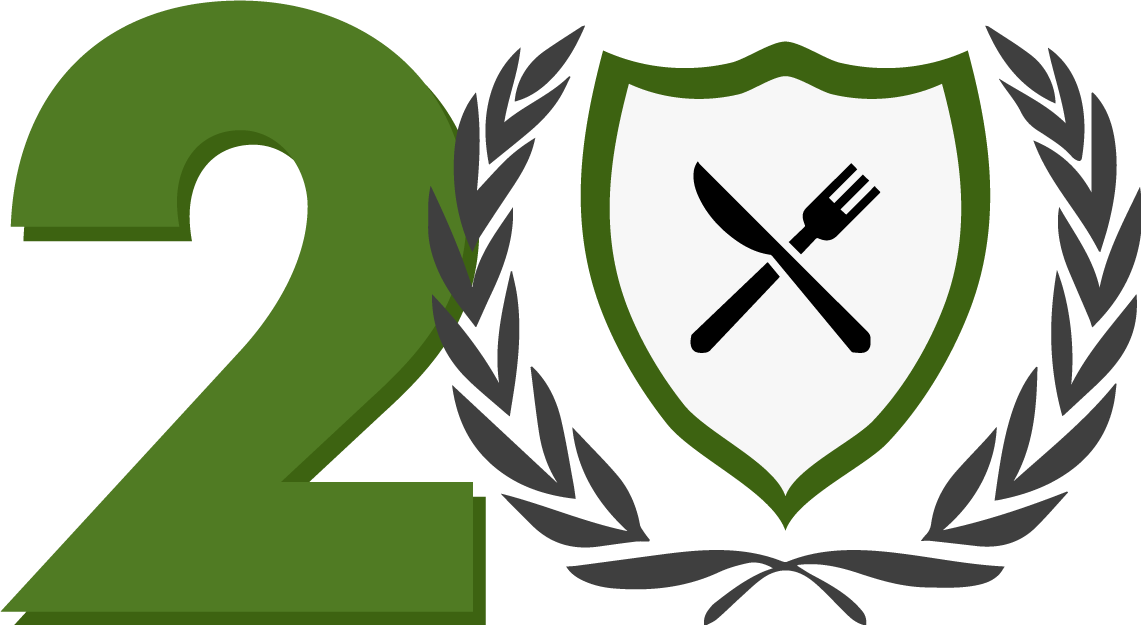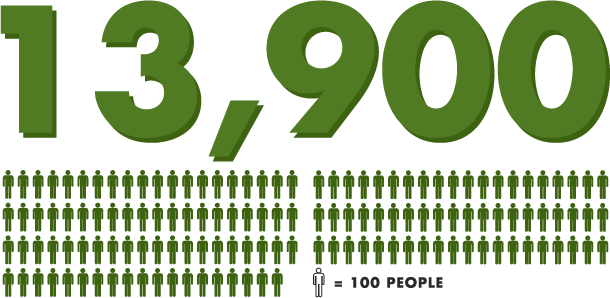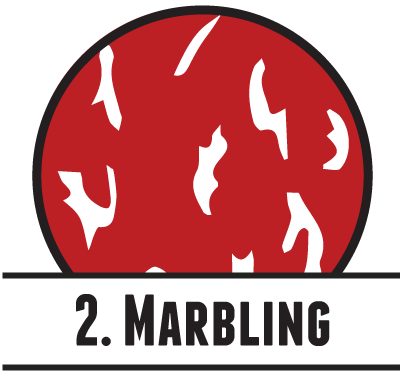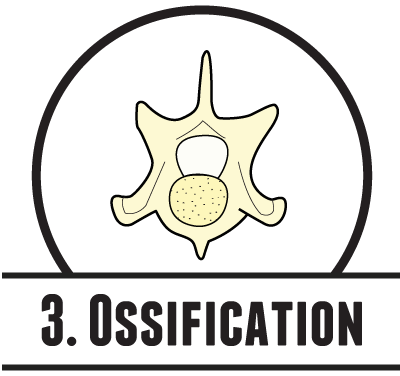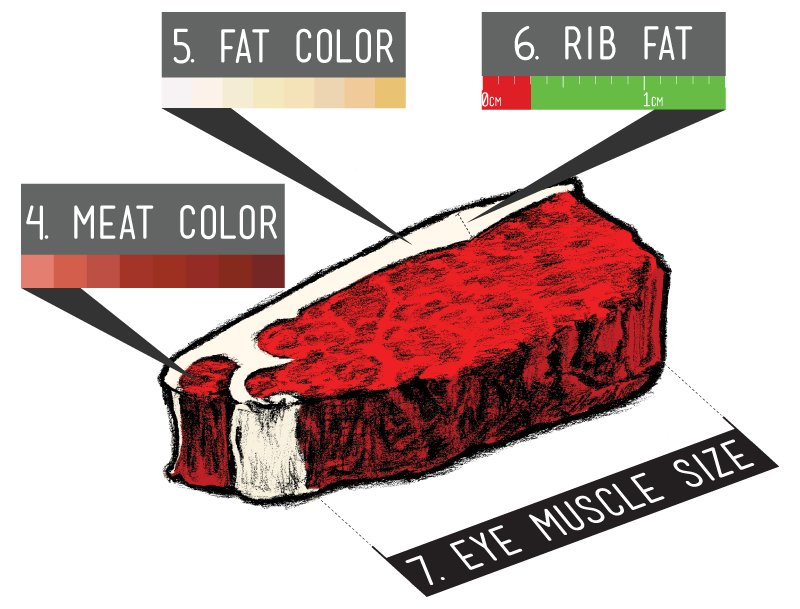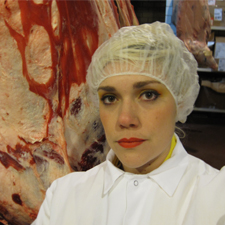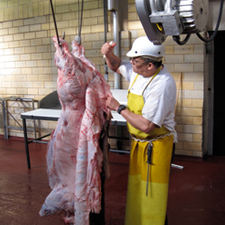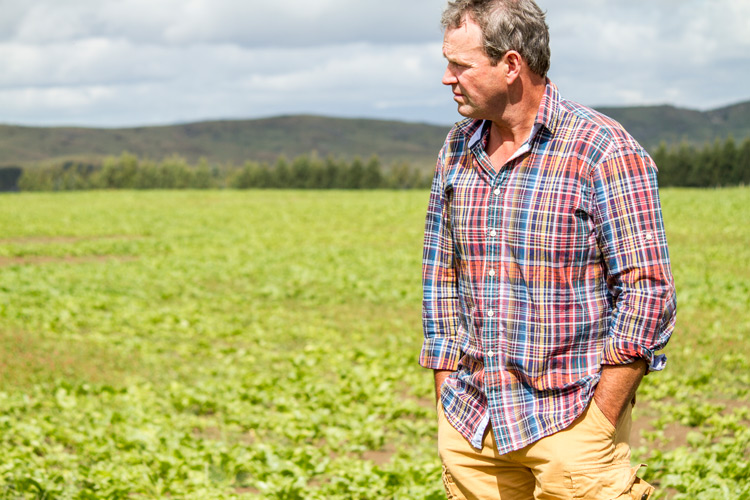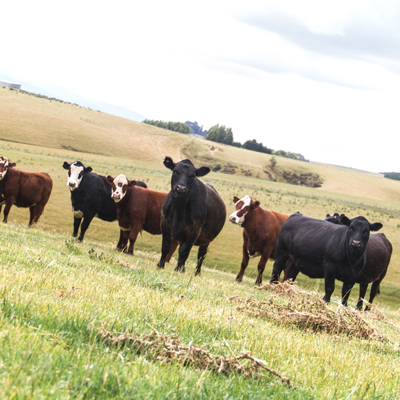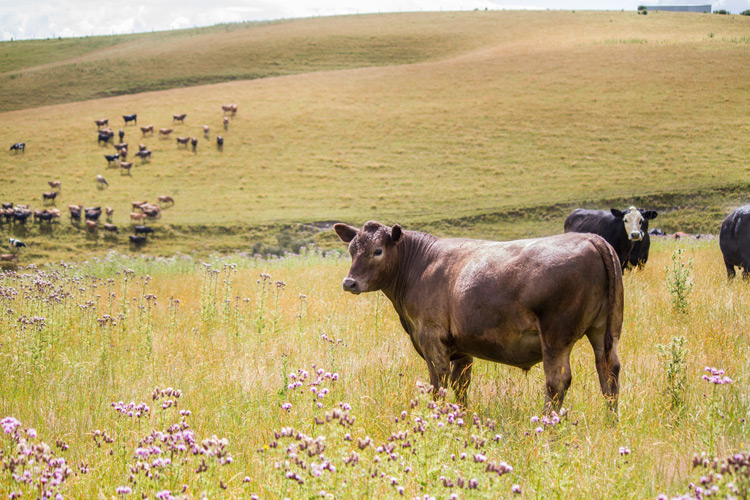
The Old Days of Unbranded Beef
In its early days, the meat business “was about filling containers up with cuts of meat and shipping them off around the world, and that was it,” says Grant Howie of Silver Fern Farms. "We knew we had a pretty good grass-fed beef, but at the time it was inconsistent. Our customers were telling us that it would be great if every piece of meat in the box had the same quality.”
With fantastic resources – like a collective of committed farmers raising cattle on gorgeous year-round pastures – Silver Fern started with a distinct advantage.
The story of a great steak usually starts here, on a pasture, right? But it was by stepping away from these lovely pastures that things started to change...
